
Top Techniques Of Software Product Engineering
As we witness the technological landscapes evolving with no breaks, the role of Chief Technology Officers (CTOs) in steering software product engineering becomes more critical than ever. A victorious product development asks for a strategic combination of development approaches with adherence to coding standards, prototypes, deployment strategies, UI / UX design, and robust security and privacy protocols. In this blog, we need to explore each of these subheadings in detail to have a better understanding of the top techniques that every CTO needs to incorporate in their software product engineering strategy.
10 Techniques for Software Product Engineering
In the dynamic landscape of technology, these strategies serve as the compass for Chief Technology Officers (CTOs) and development teams, guiding them toward the creation of cutting-edge software products that redefine industry standards and user experiences.
1. Development Approaches in Software Product Engineering
Developing software products demands a well-defined approach. CTOs must carefully evaluate and choose the right development methodology based on the project's unique requirements. While Agile methodologies shine with their iterative and collaborative nature, offering adaptability to changing requirements, Waterfall provides a structured, sequential approach suitable for well-defined projects. Hybrid approaches offer flexibility by combining elements of both methodologies. CTOs must strategically select and adapt methodologies to ensure efficient and high-quality development.
2. Coding Standards in Software Product Engineering
Adherence to coding standards is the compass that guides development teams toward maintaining code quality, readability, and consistency. CTOs play a crucial role in establishing and enforcing coding standards, ensuring that developers write clean, maintainable, and efficient code. Practices such as meaningful variable naming, proper indentation, and adherence to industry best practices and coding conventions contribute to the overall health of the codebase.
3. Creating prototypes in Software Product Engineering
Prototyping emerges as a key instrument in the software development lifecycle, allowing teams to navigate uncertainties and gather valuable feedback before committing to full-scale development. CTOs should foster a culture that encourages the creation of prototypes, whether they are low-fidelity wireframes or high-fidelity interactive mockups. This iterative process enables quick visualization, idea validation, issue identification, and refinement based on user feedback, ultimately leading to a more polished end product.
4. Deployment in Software Product Engineering
Efficient deployment strategies are the wind in the sails of successful software product engineering. CTOs should champion the implementation of automated deployment pipelines using tools like Jenkins, GitLab CI/CD, or AWS CodePipeline. Continuous Integration (CI) and Continuous Deployment (CD) practices automate testing, build, and deployment tasks, resulting in faster release cycles, reduced manual errors, and an overall improvement in product quality.
5. Design and User Experience for Software Product Engineering
Design and User Experience (UX) are the lighthouses that guide users through the digital seas. CTOs should prioritize design thinking and user-centric principles to create intuitive, visually appealing, and user-friendly interfaces. This encompasses comprehensive user research, the development of personas, creating wireframes, and prototypes, and engaging in usability testing. By keeping the end-user at the forefront, CTOs ensure that their software products not only function well but also provide a delightful and engaging experience.
6. Security and Privacy Protocols in Software Product Engineering
Security and privacy stand as fortified walls protecting software products in an era of escalating cyber threats and privacy concerns. CTOs must implement robust security measures and privacy protocols to safeguard sensitive data, protect against unauthorized access, and comply with regulations such as GDPR and CCPA. Practices such as encryption, authentication, authorization, secure coding, vulnerability scanning, and regular security audits are crucial components of the digital fortress.
7. Microservices Architecture in Software Product Engineering
Breaking down monolithic applications into smaller, independently deployable microservices offers numerous benefits. CTOs should consider adopting a microservices architecture to enhance scalability, maintainability, and fault isolation. This approach enables teams to develop and deploy components independently, leading to improved agility and faster development cycles. Embracing microservices architecture empowers CTOs to adapt quickly to changing business requirements, as individual services can be updated or scaled independently. Additionally, the modular nature of microservices facilitates easier testing and debugging, contributing to overall system reliability and resilience.
8. Cloud Computing for Software Product Engineering
The use of cloud computing services is instrumental in optimizing infrastructure, reducing costs, and improving scalability. CTOs should leverage cloud platforms to host applications, store data, and utilize various services like AI and machine learning. Cloud-based solutions facilitate greater flexibility, enabling teams to scale resources as needed and focus on core development tasks. The agility of cloud computing empowers CTOs to swiftly adapt to evolving demands, ensuring seamless resource allocation. By harnessing the power of cloud platforms, CTOs unlock unparalleled efficiency, freeing up valuable time and resources for teams to innovate and propel product development with unmatched speed and flexibility.
9. Monitoring and Analytics in Software Product Engineering
Successful software product engineering doesn't end with deployment; it extends into the monitoring and analytics phase. CTOs should emphasize the implementation of robust monitoring tools and analytics solutions to gain insights into how the software performs in the real world. Monitoring allows for the early detection of potential issues, performance bottlenecks, and system failures. Analytics, on the other hand, provides valuable data on user interactions, feature usage, and overall product performance. By leveraging monitoring and analytics, CTOs can make informed decisions, optimize product features, and enhance the overall user experience.
10. Feedback Loops and Continuous Improvement for Software Product Engineering
Feedback loops serve as crucial navigational aids for CTOs, guiding their teams toward continuous improvement and innovation. To establish these loops, CTOs should create robust feedback mechanisms, encompassing user feedback channels, analytics tools, and post-release evaluations. These mechanisms aim to gather valuable insights into user experiences, preferences, and pain points. Through thorough analysis of this feedback and data, CTOs can pinpoint areas for improvement, prioritize feature enhancements, and iterate on product iterations. Embracing a culture of continuous improvement is key, fostering agility and ensuring that software products evolve in alignment with changing user needs and market demands.
As the captain of the ship in the vast sea of software development, the CTO's role is to navigate through challenges, guide the crew, and ensure a successful voyage. By mastering development approaches, setting coding standards, fostering a prototyping culture, implementing efficient deployment strategies, prioritizing design and user experience, and fortifying security and privacy protocols, CTOs can steer their teams toward creating software products that not only meet but exceed user expectations. In this comprehensive guide, we've explored each aspect in detail, providing a roadmap for CTOs to chart a course toward excellence in software product engineering.
You can also visit related blogs:




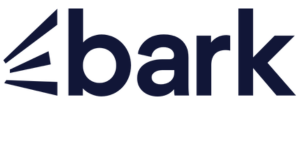






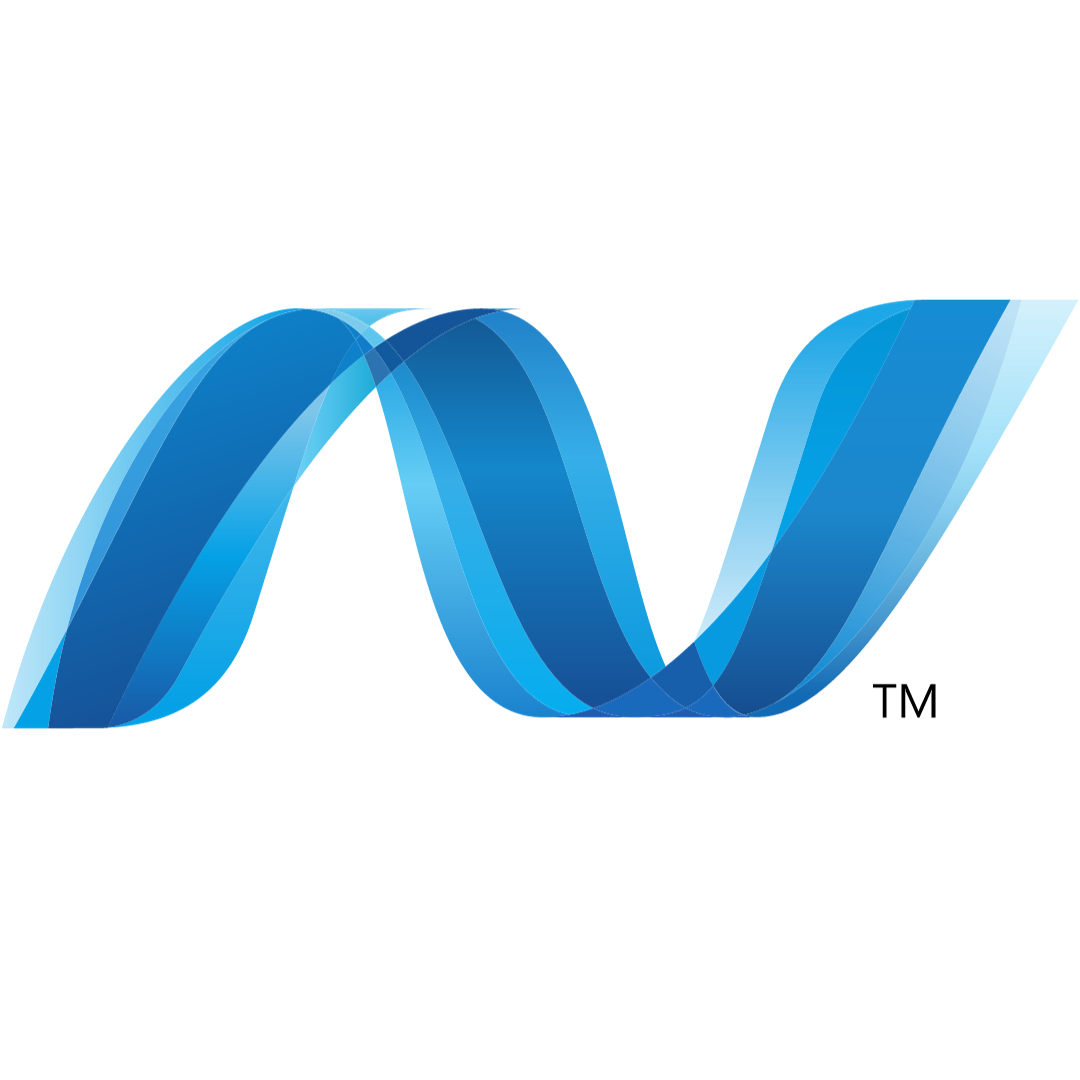



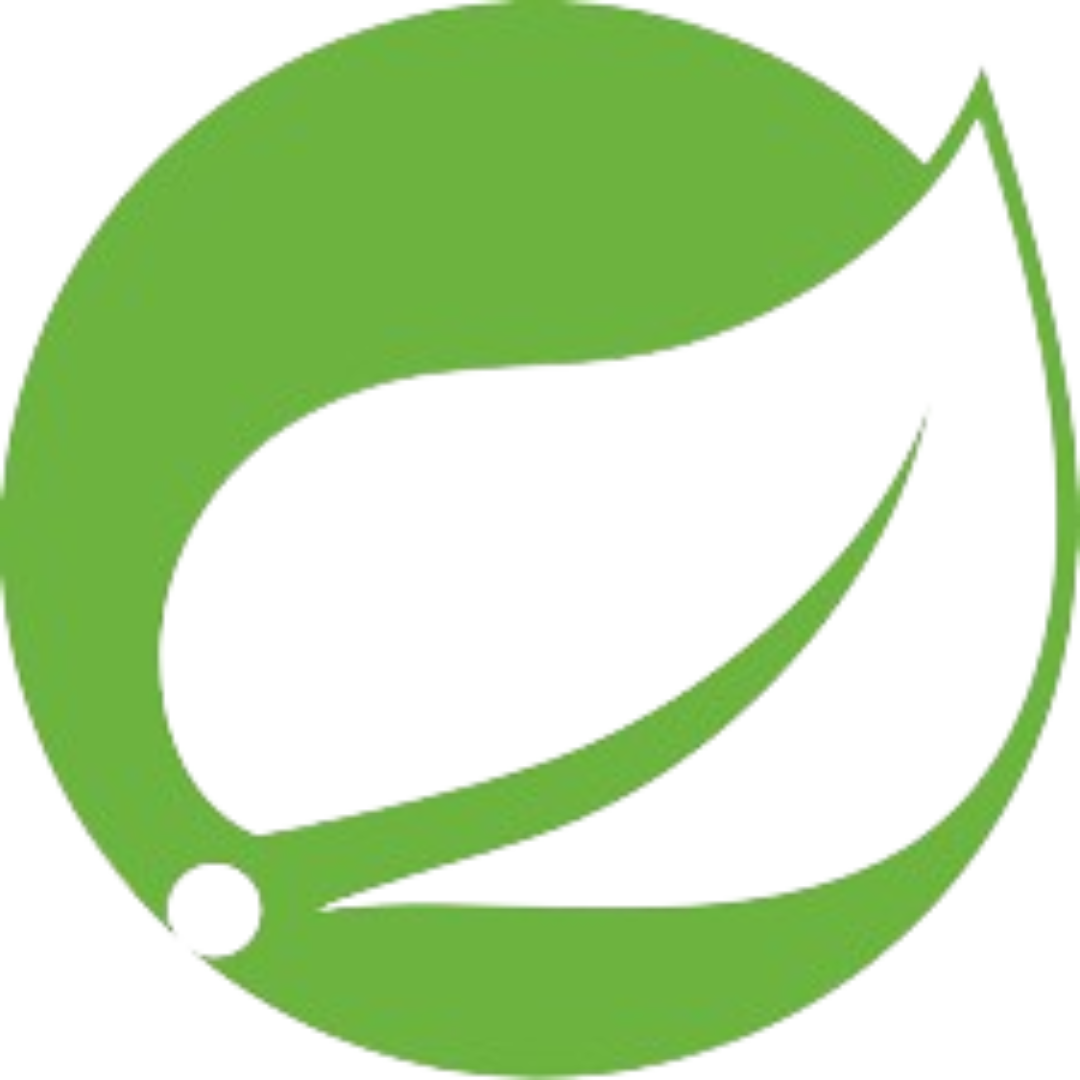






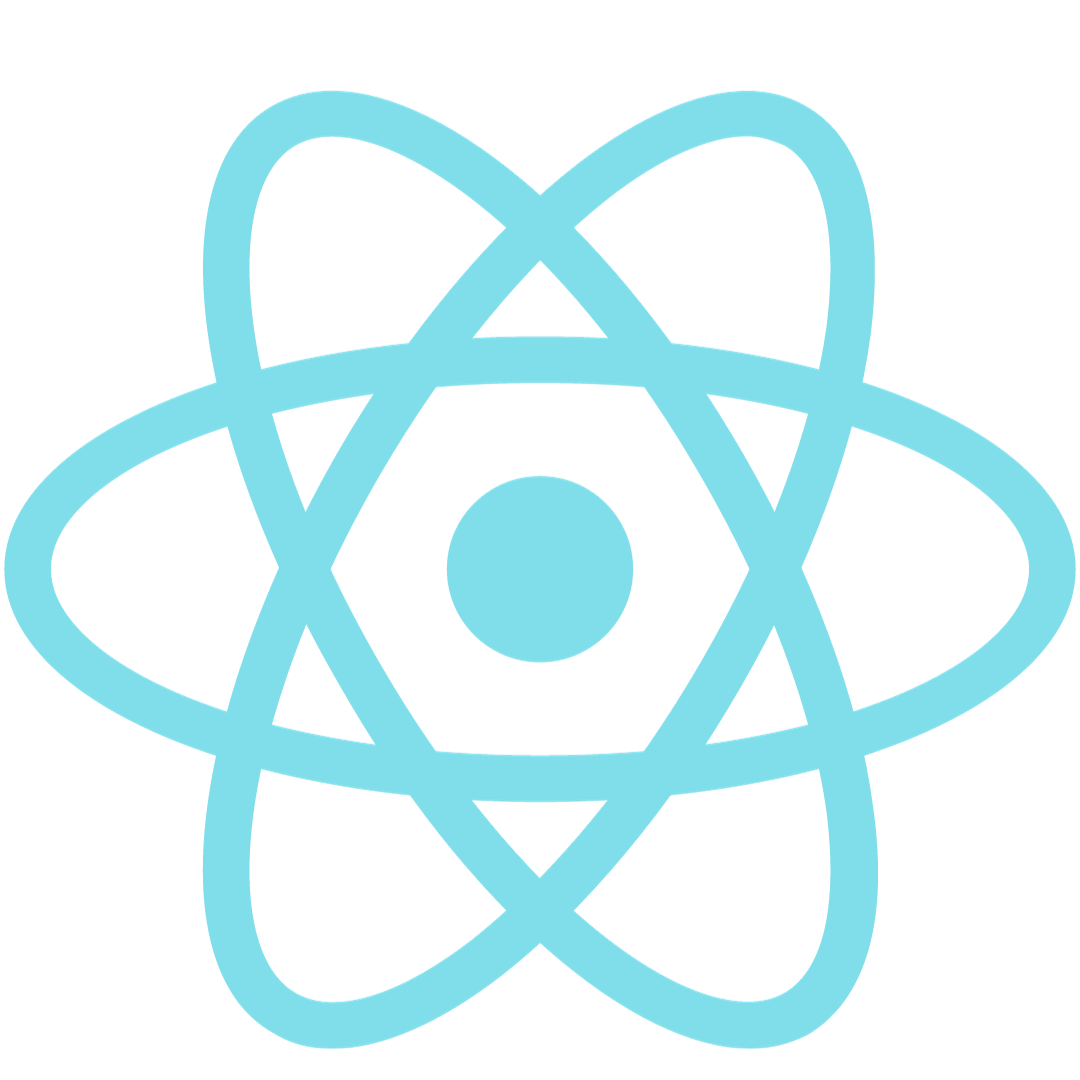
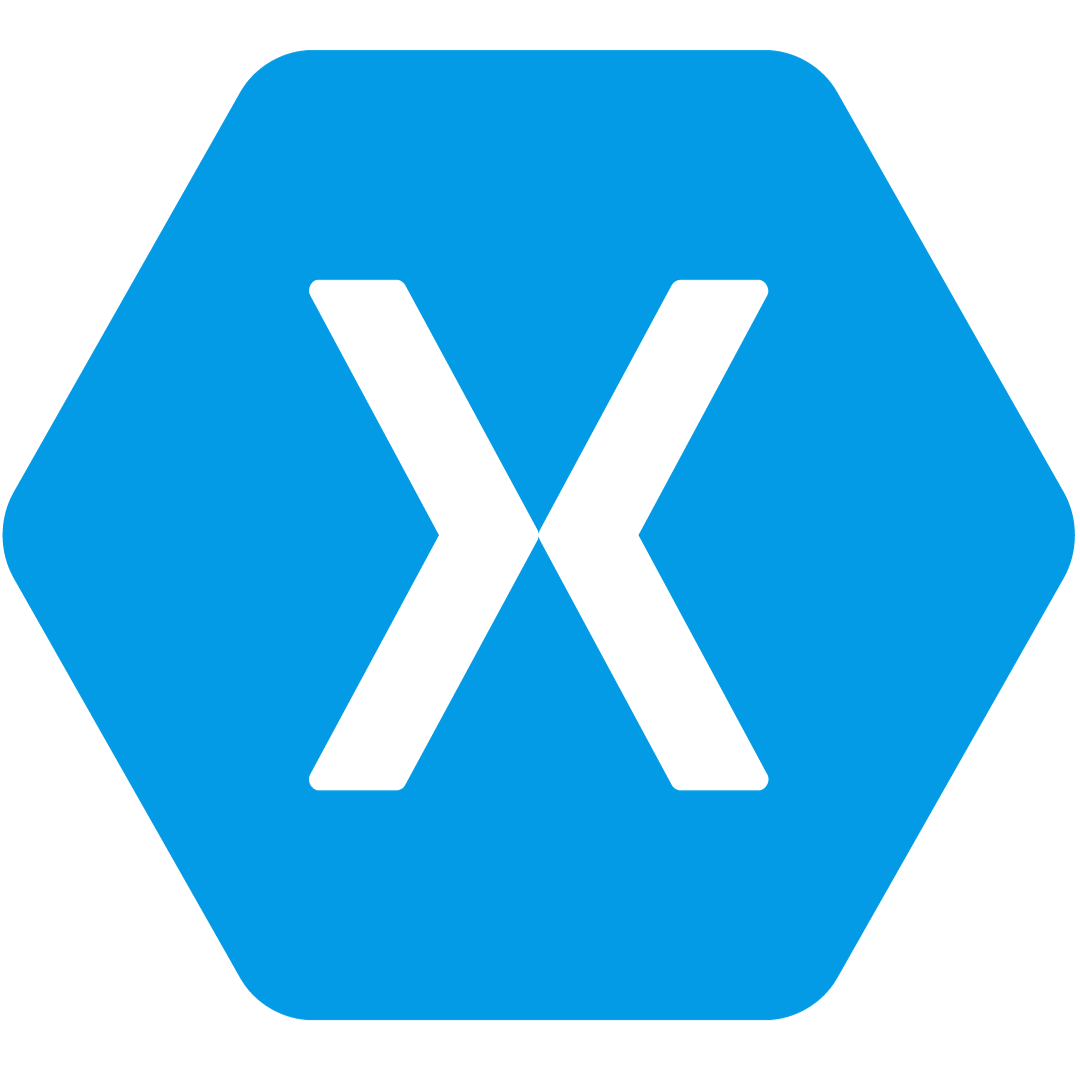
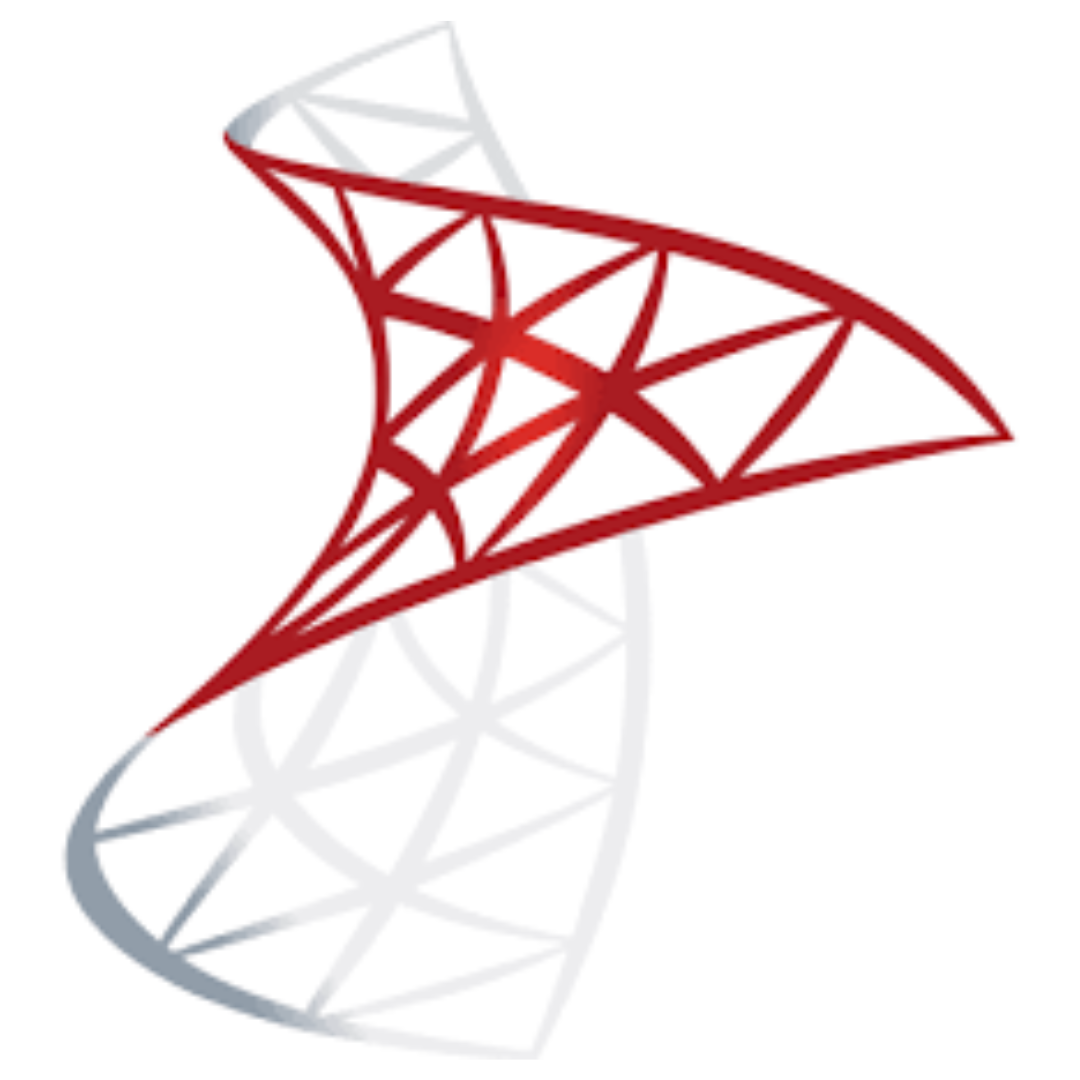


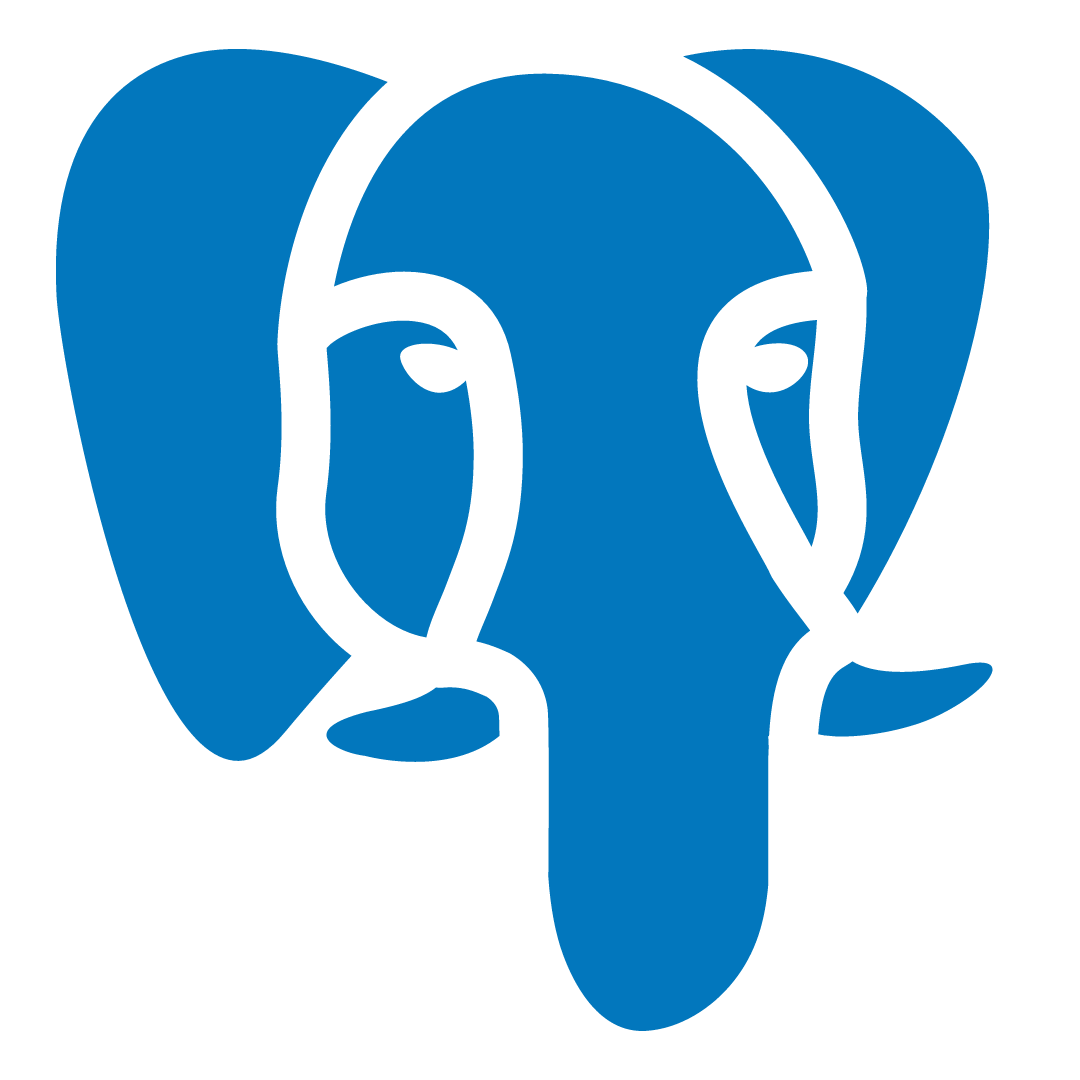



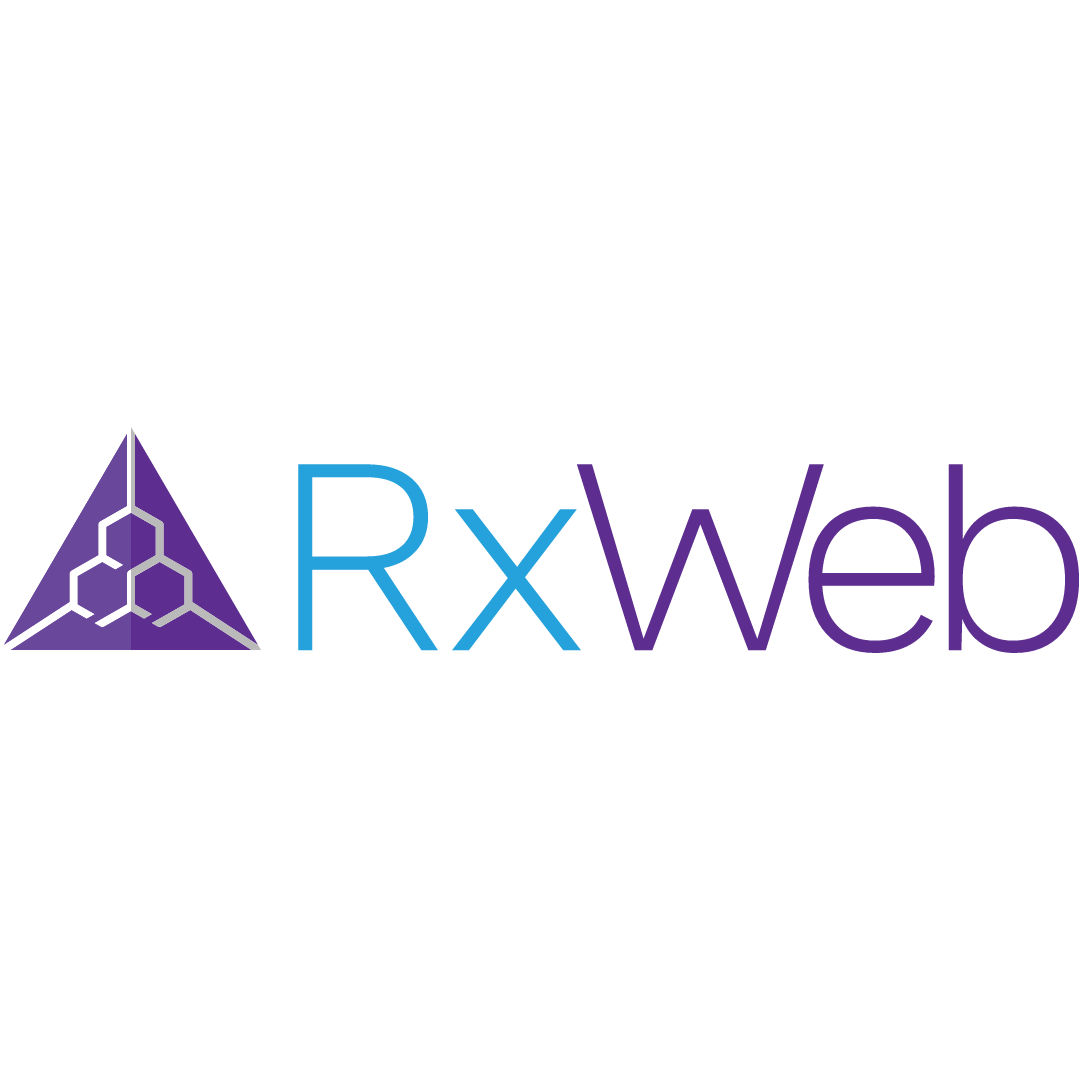



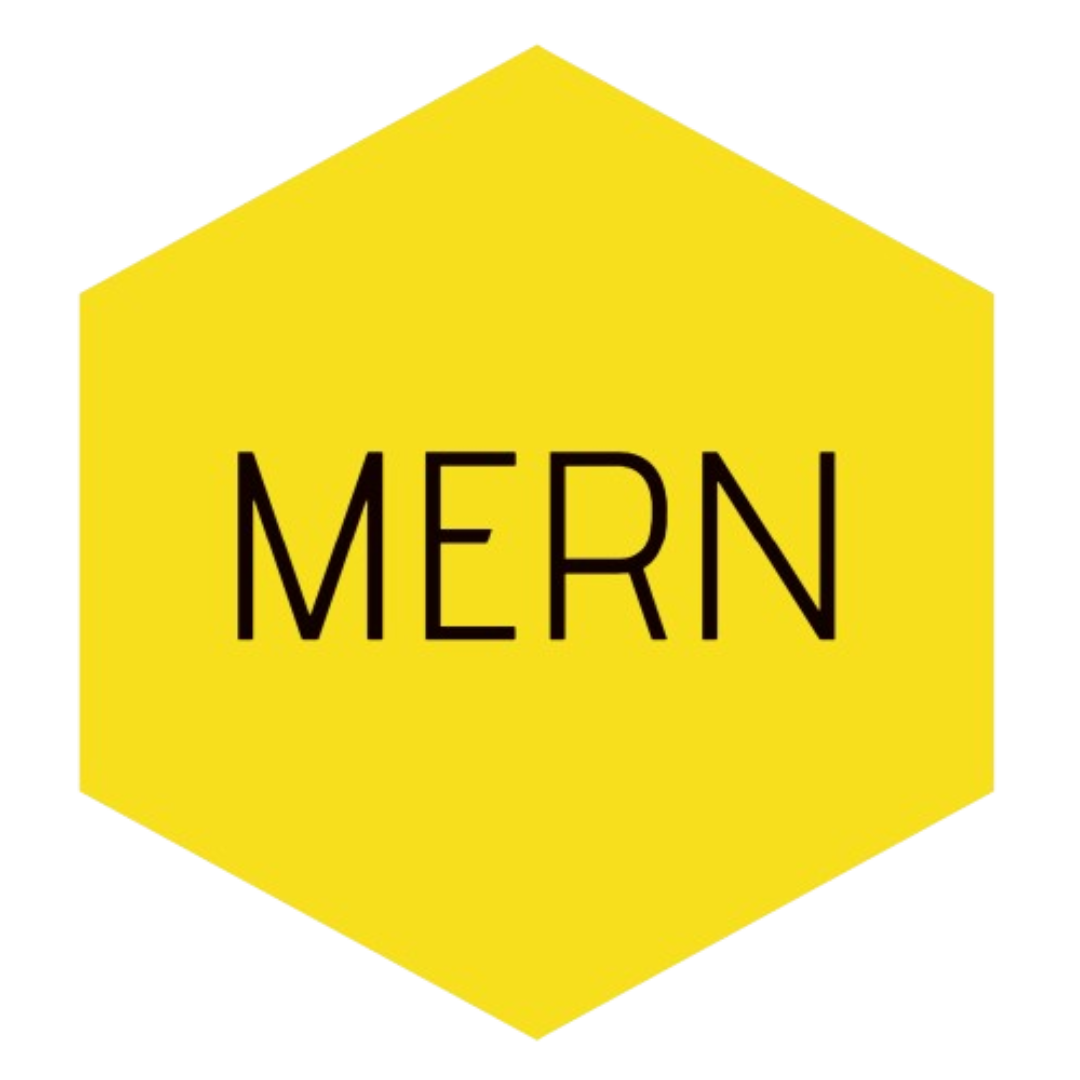
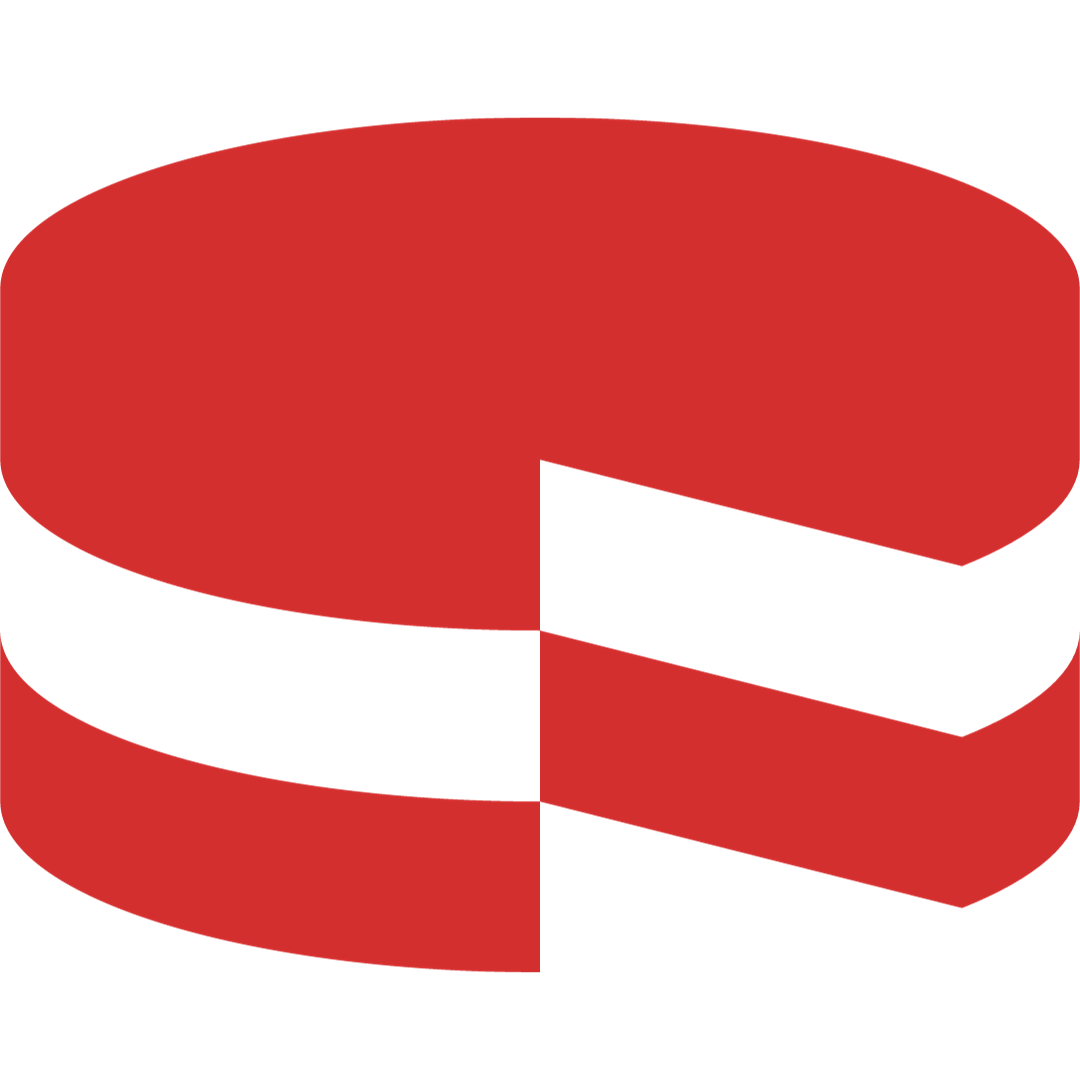





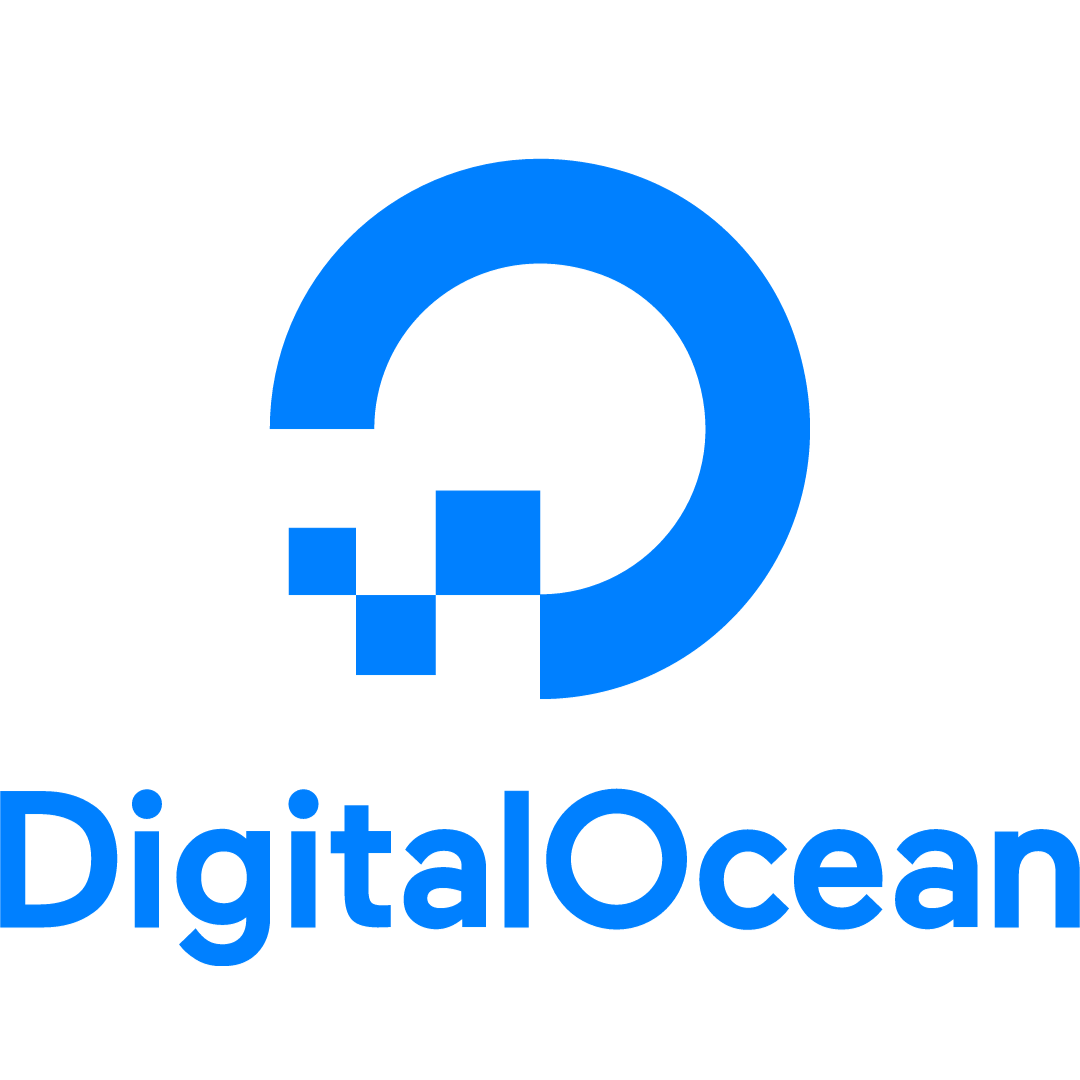


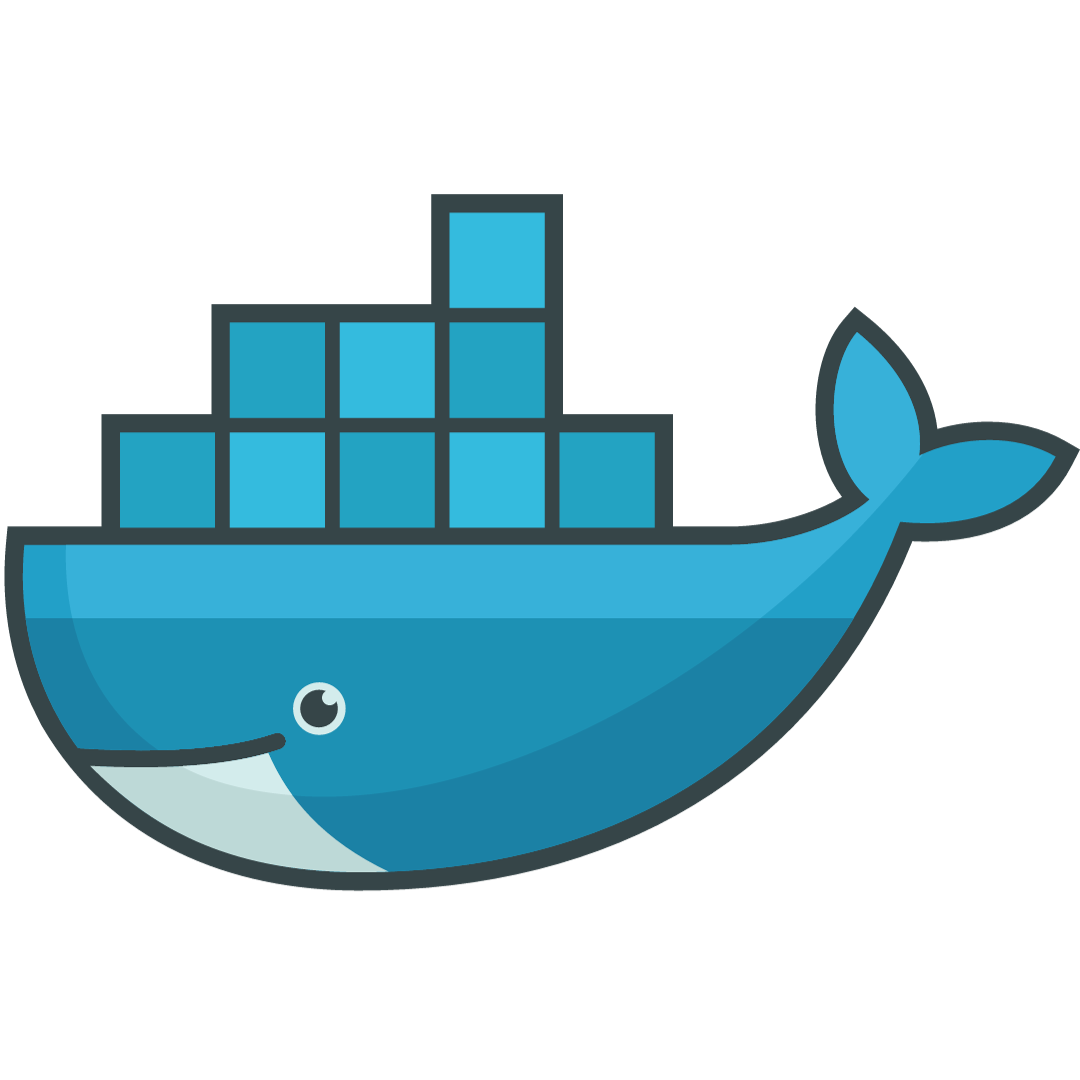

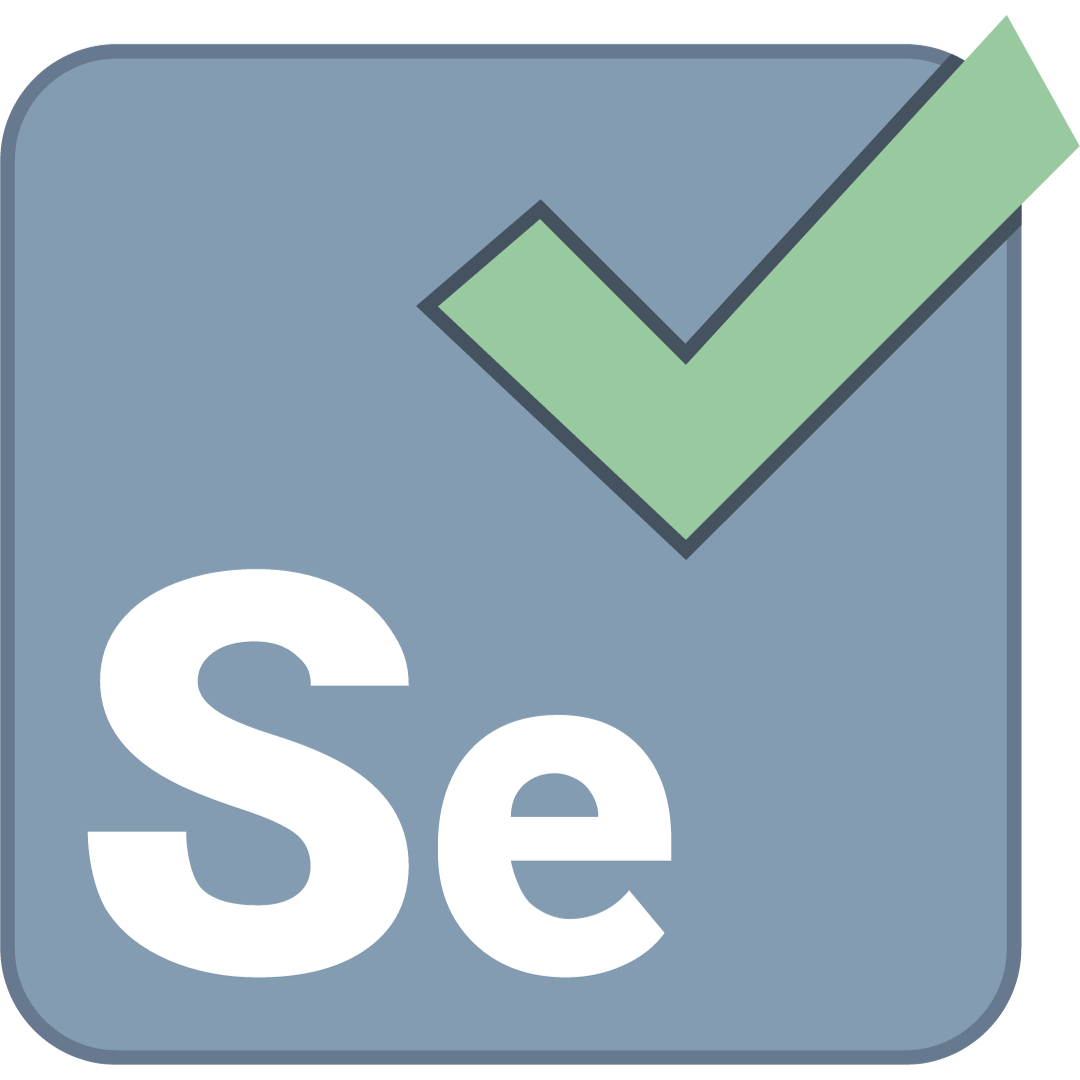

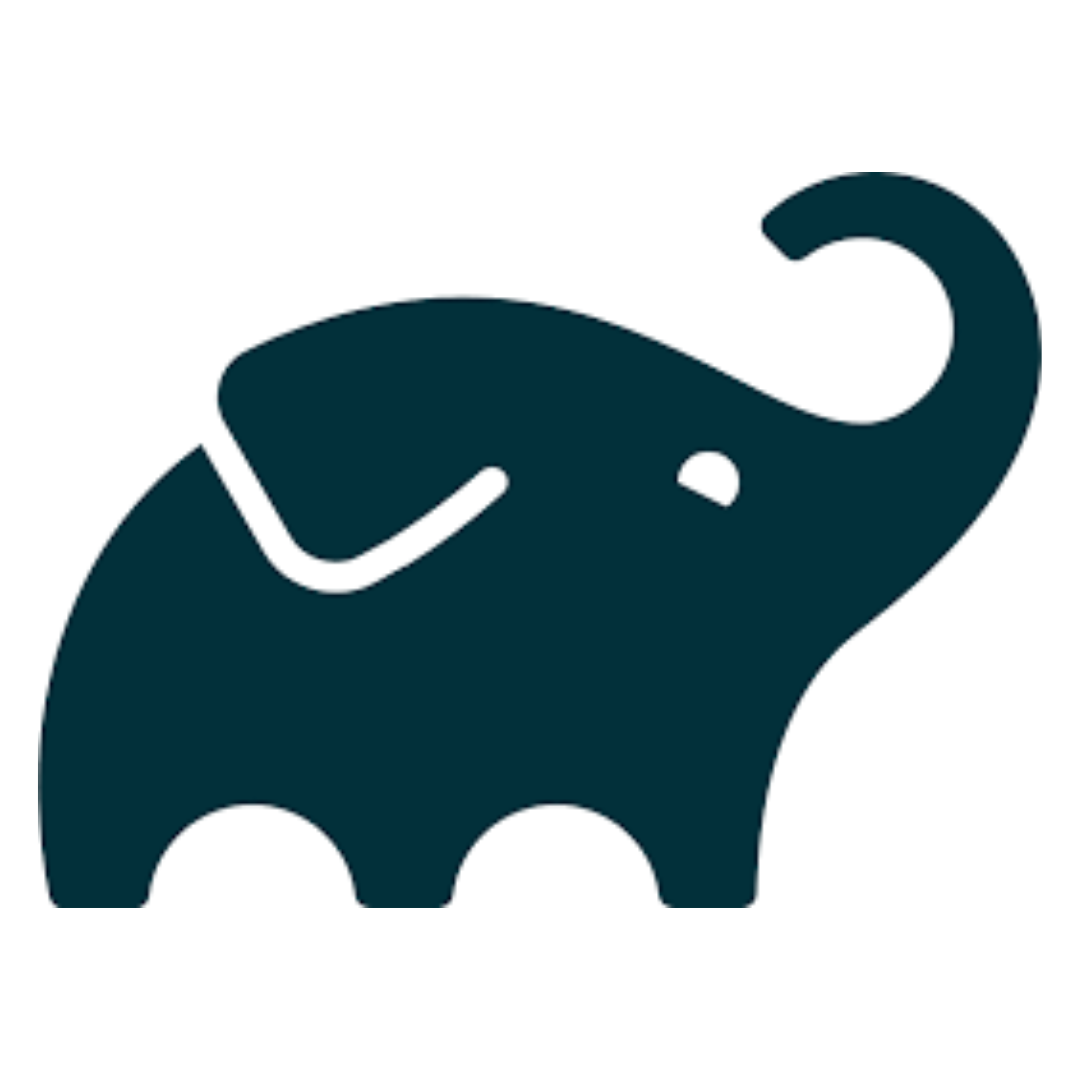





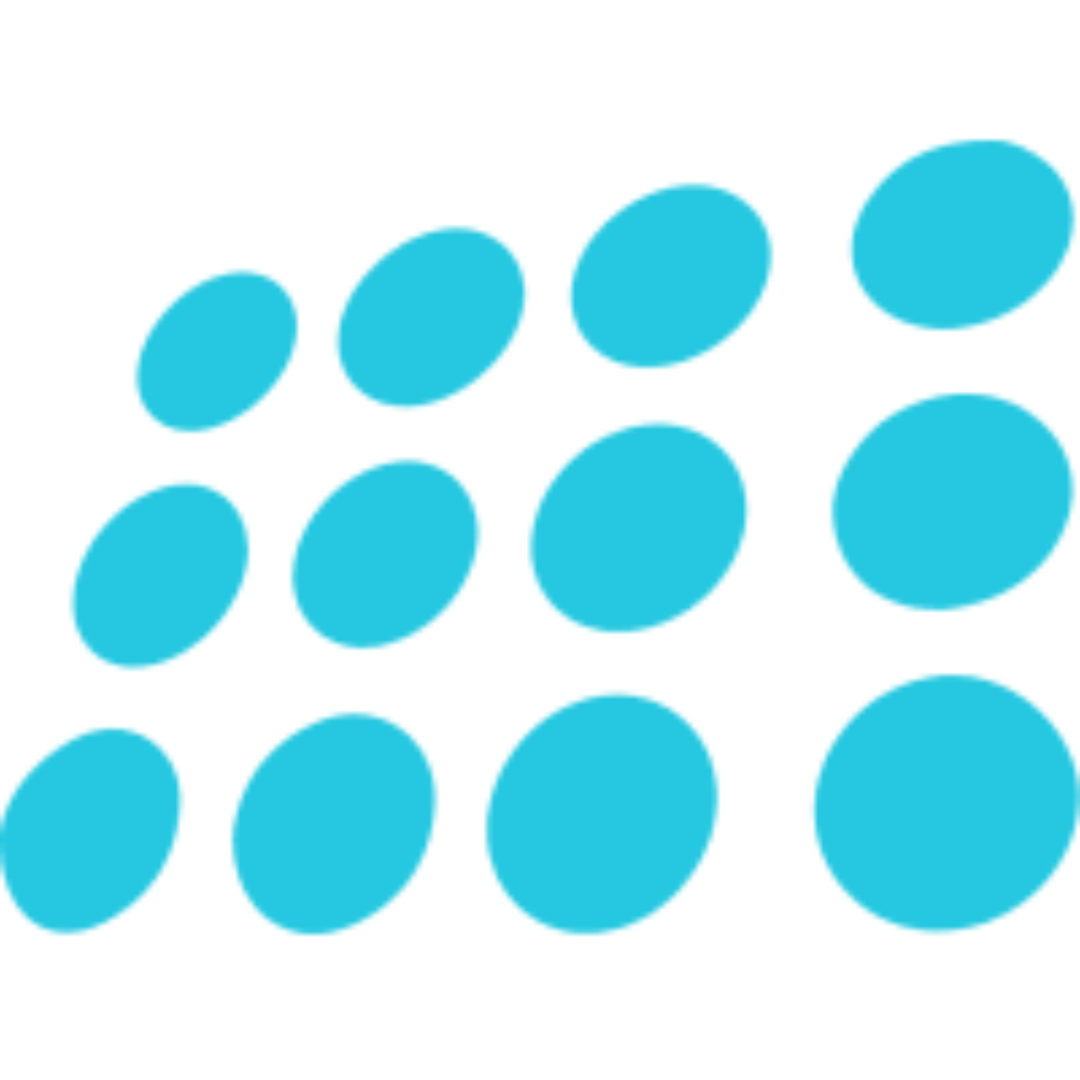

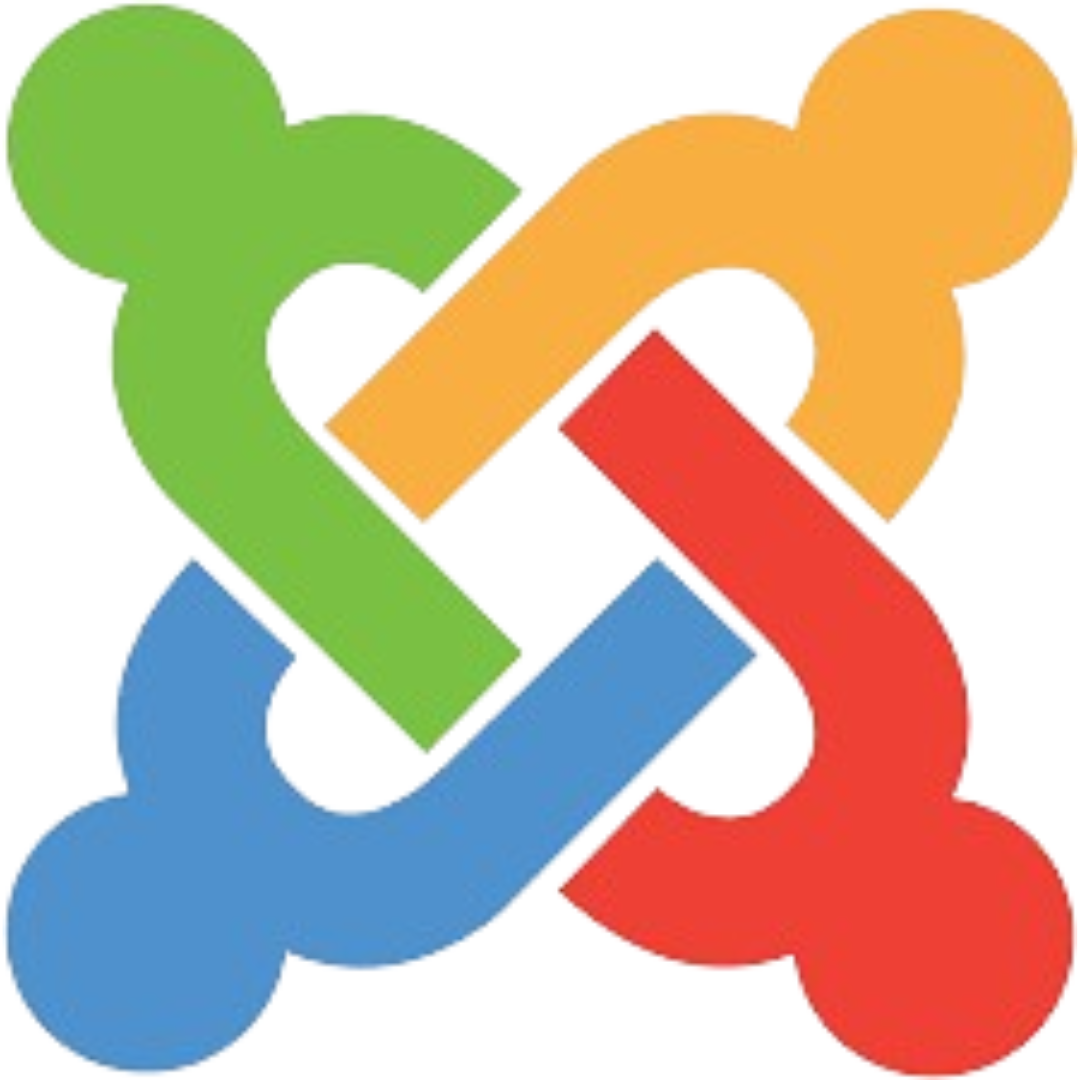

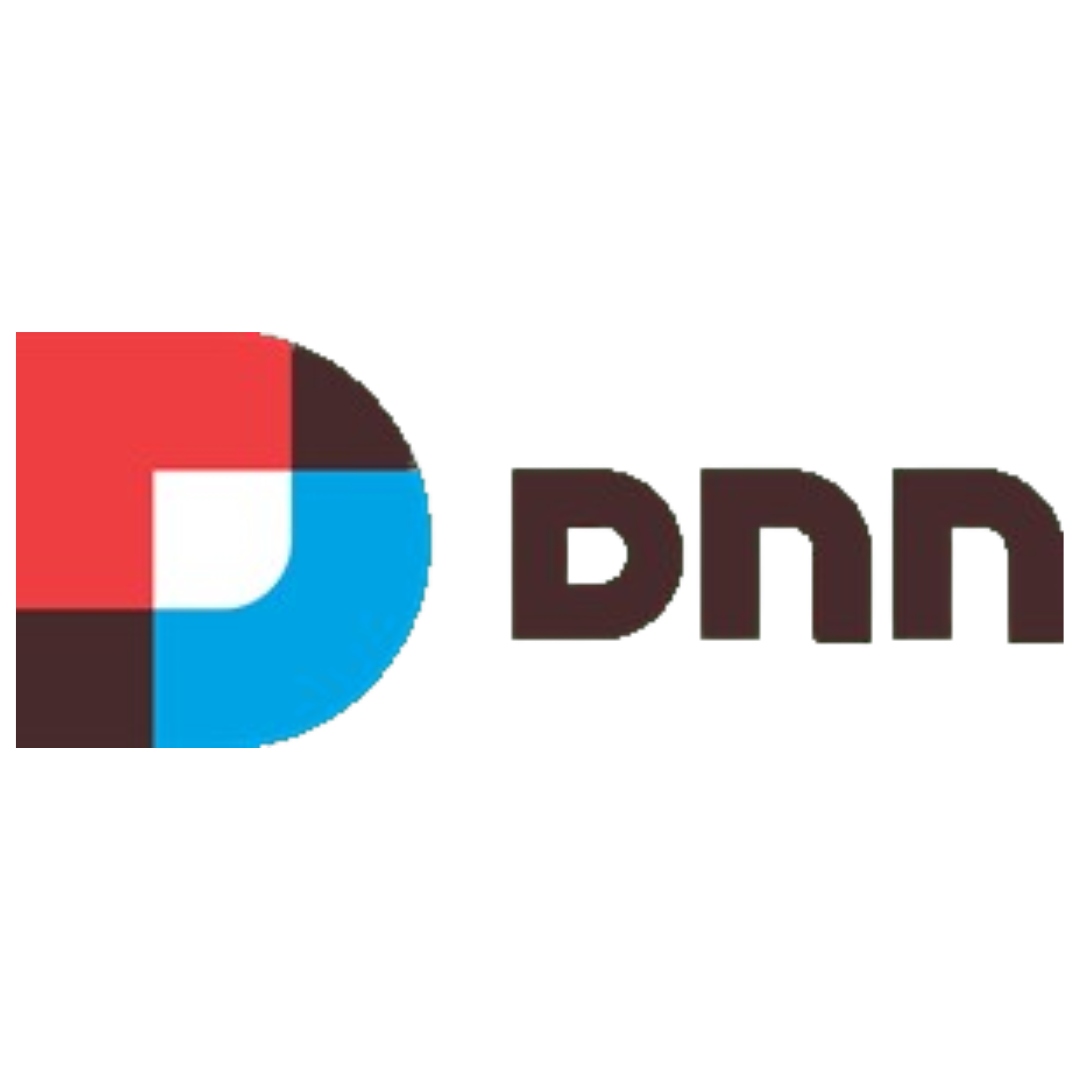

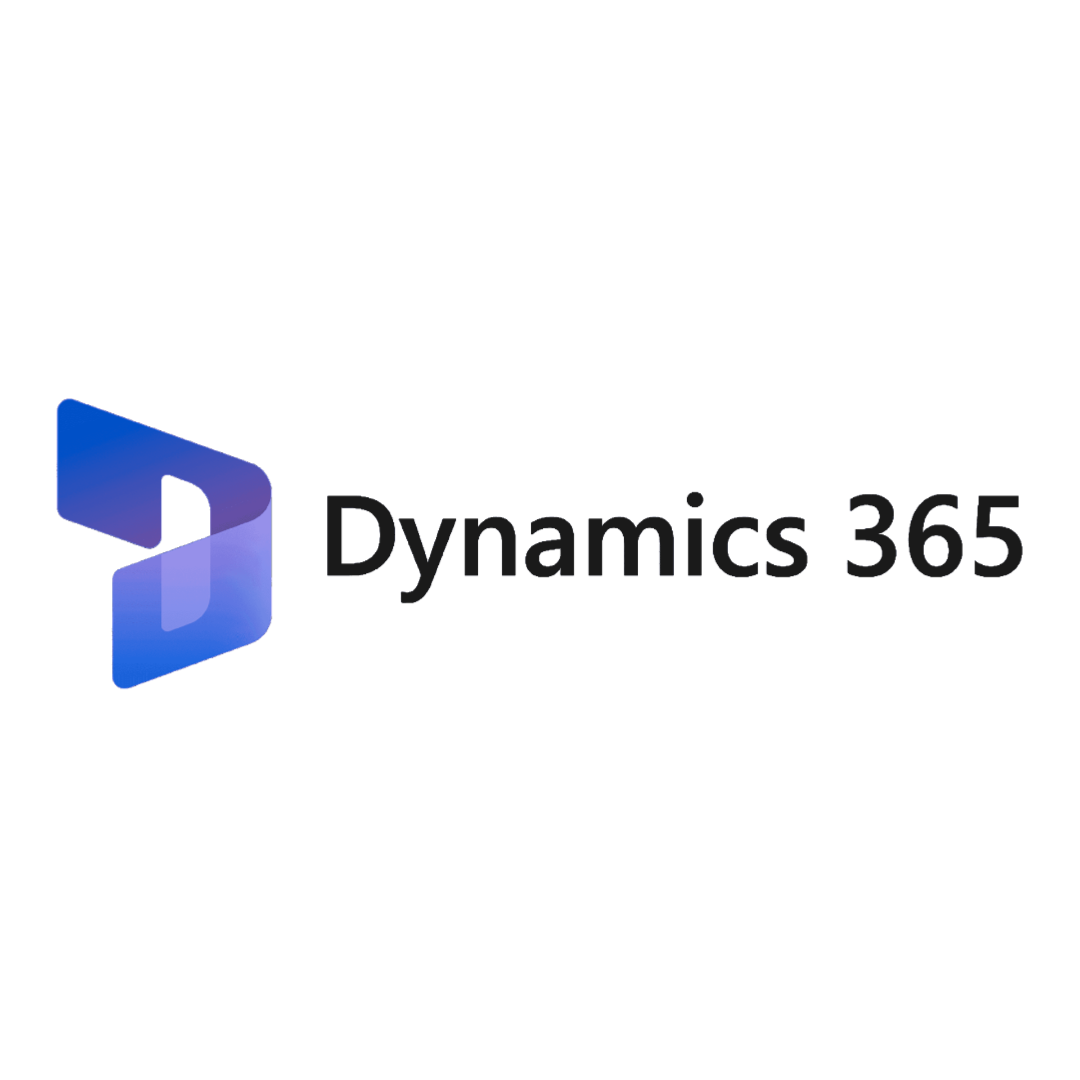




comments for "An Interview with Exavibes Services"
Leave a Reply